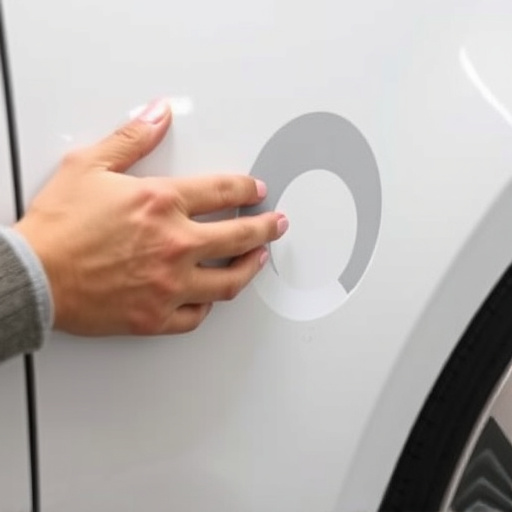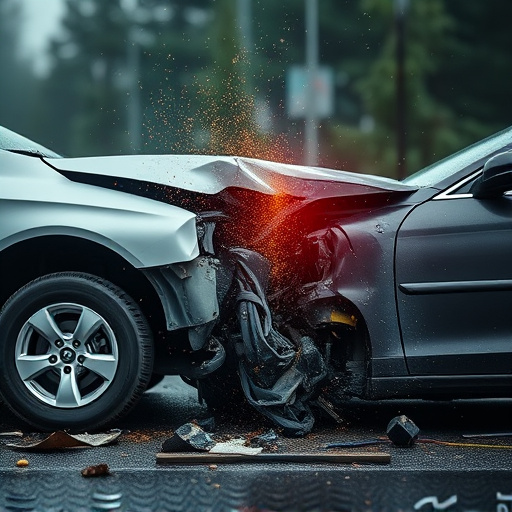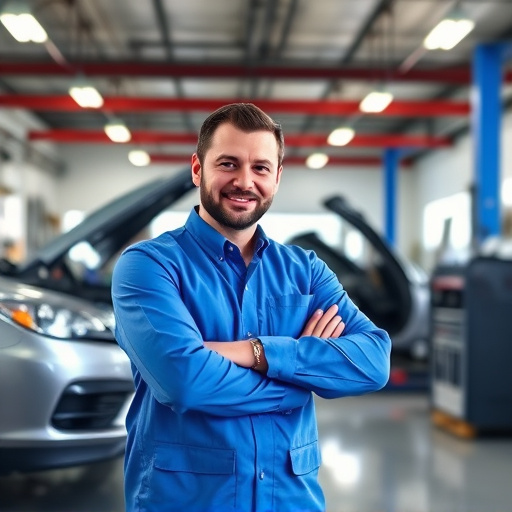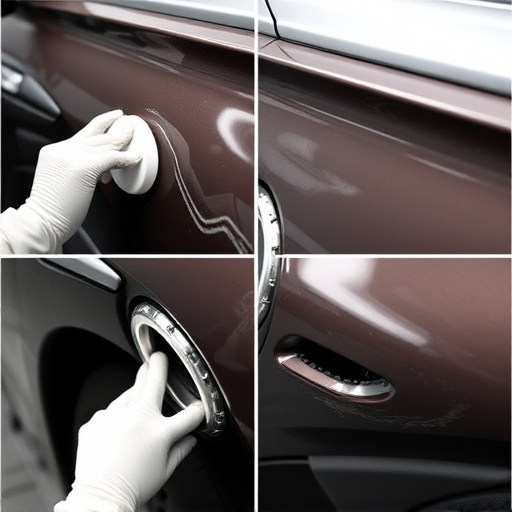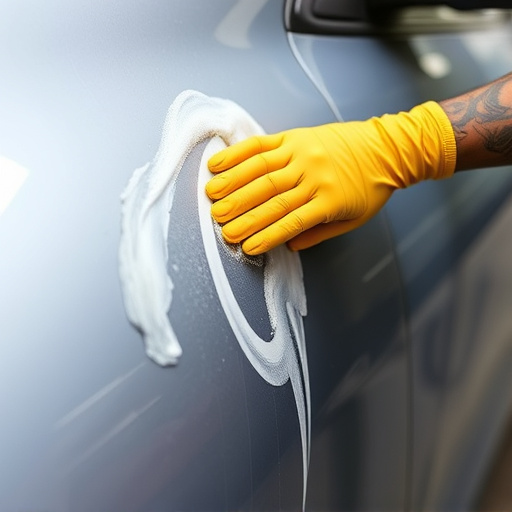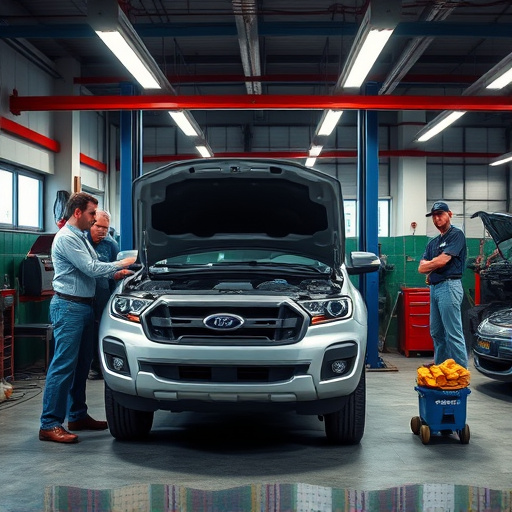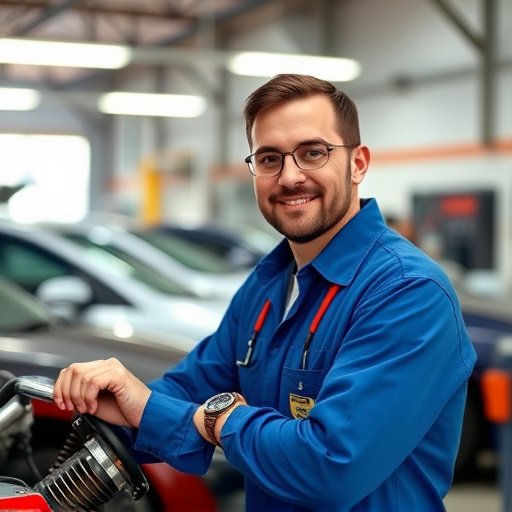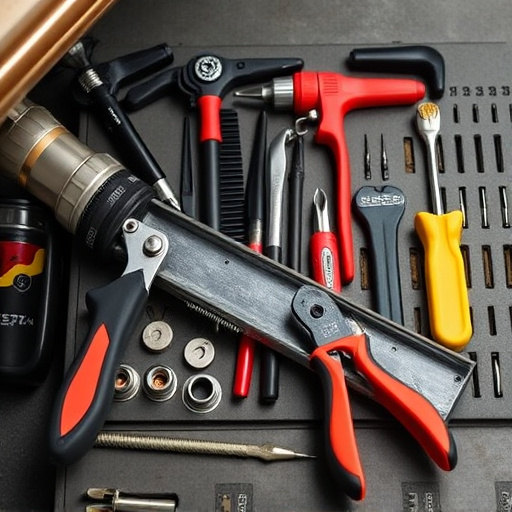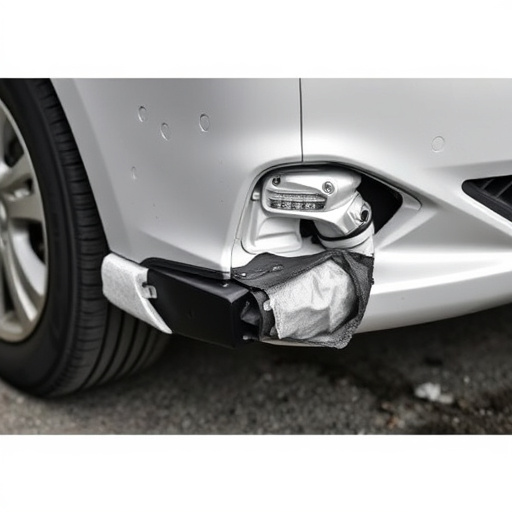Technician safety equipment (PPE) effectiveness is heavily influenced by environmental conditions, including temperature, humidity, and chemical exposure. Specialized gear for heat/cold insulation addresses these challenges, enhancing protection during tasks like auto restoration. Proper selection of durable, eco-friendly PPE reduces waste and supports a circular economy, benefiting both sustainability and worker safety. Regular maintenance through cleaning, inspection, calibration, and secure storage is crucial to ensure optimal PPE lifespan and reliable performance in critical tasks.
In the realm of technician safety, understanding environmental considerations is paramount. The impact of factors like temperature, humidity, and chemical exposure on technician safety equipment (TSE) cannot be overlooked. This article navigates the intricate relationship between environment and TSE, offering insights into essential considerations for selection and best practices for maintenance across diverse work settings. By delving into these aspects, we aim to enhance the safety and effectiveness of technicians in their respective roles.
- Understanding the Impact of Environmental Factors on Technician Safety Equipment
- Essential Environmental Considerations for Choosing Protection Gear
- Best Practices for Maintaining Equipment in Diverse Work Settings
Understanding the Impact of Environmental Factors on Technician Safety Equipment
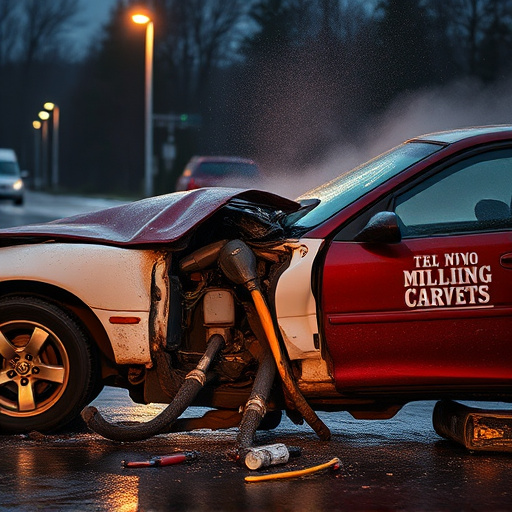
The environment plays a significant role in determining the safety and effectiveness of equipment used by technicians across various industries. When it comes to technician safety equipment, understanding environmental factors is crucial. Different work environments present unique challenges that can impact the performance and longevity of protective gear. For instance, extreme temperatures, whether scorching heat or freezing cold, require specialized clothing designed to insulate or dissipate heat, ensuring comfort and safety without hindering mobility.
In addition to temperature, humidity levels and exposure to chemicals are other critical environmental considerations. High humidity can affect the breathability of protective gear, while certain chemicals can degrade materials over time. This is particularly relevant in fields like collision repair services and car damage repair, where technicians frequently handle toxic substances and work in environments with varying atmospheric conditions. Proper equipment selection that accounts for these factors ensures maximum protection during tasks ranging from tire services to intricate auto restoration, thereby minimizing the risk of accidents and injuries.
Essential Environmental Considerations for Choosing Protection Gear
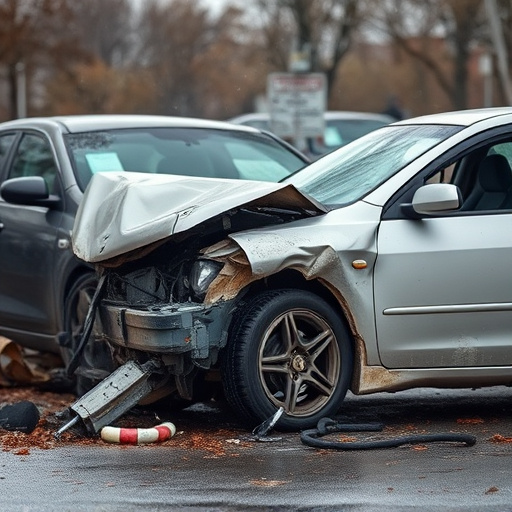
When selecting technician safety equipment, environmental considerations are paramount to ensure both effectiveness and sustainability. The choice of materials plays a crucial role in determining the gear’s impact on the ecosystem. Opting for equipment constructed from recycled or biodegradable substances can significantly reduce waste accumulation and minimize environmental pollution. For instance, many modern personal protective equipment (PPE) manufacturers now offer products made from eco-friendly materials, such as organic cotton or recycled polyester, which are safer for both technicians and the environment.
Additionally, considering the gear’s longevity and repairability is an essential environmental consideration. Durable technician safety equipment that can withstand harsh working conditions reduces the need for frequent replacements, cutting down on electronic waste. Moreover, choosing products from brands that offer repair services or replacement parts promotes a circular economy by extending the life of these items. This approach, in turn, benefits auto body work and car bodywork services by fostering a more sustainable practice while ensuring technicians remain protected.
Best Practices for Maintaining Equipment in Diverse Work Settings
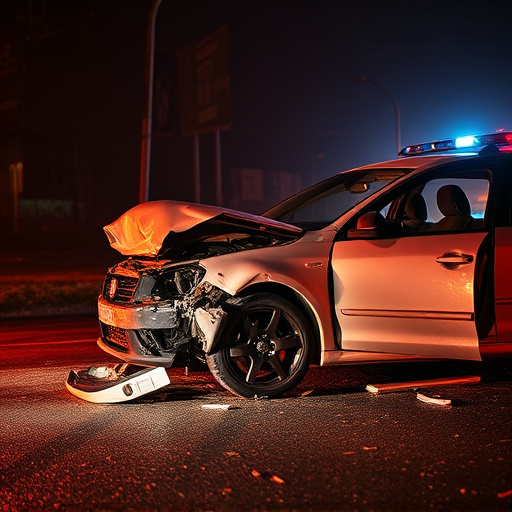
Maintaining technician safety equipment in diverse work settings is paramount to ensure optimal performance and longevity. Best practices involve regular cleaning and inspection routines tailored to the specific environment, whether it’s a bustling auto body restoration shop or a more controlled vehicle repair service facility. In highly specialized areas like dent removal, where precision tools are used, routine maintenance becomes even more critical to prevent damage to both equipment and workpieces.
For technician safety equipment, including protective gear and specialized machinery, a comprehensive care strategy should include periodic calibration checks, lubrication, and replacement of worn parts. Proper storage is another key factor; storing equipment in dry, secure areas helps guard against corrosion and damage. This meticulous approach not only extends the lifespan of the equipment but also enhances worker safety by ensuring every tool functions as intended during critical tasks in auto body restoration or vehicle repair services.
When selecting and maintaining technician safety equipment, environmental considerations are paramount. Understanding how factors like temperature, humidity, and chemical exposure impact gear is crucial for ensuring optimal protection. By prioritizing these aspects during selection and implementing best practices for maintenance, technicians can enhance their safety in diverse work settings, ultimately leading to more efficient and secure operations. Investing in the right equipment and proper care routines is a game-changer for technician well-being and productivity.
